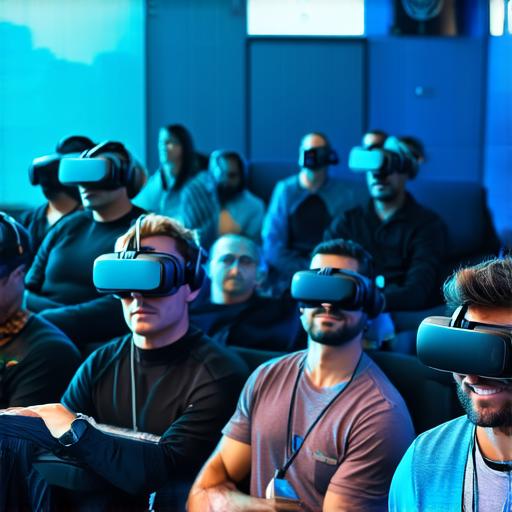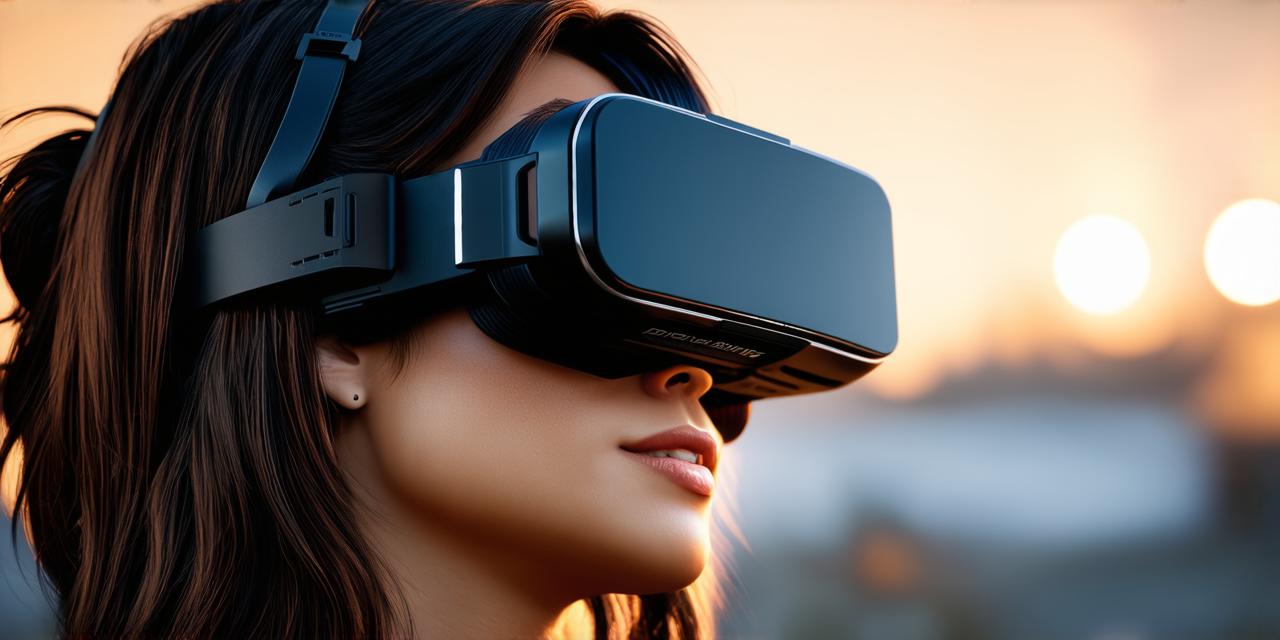Virtual reality (VR) is a technology that has been rapidly advancing in recent years. It has shown great promise in the field of mental health, particularly in the treatment of various conditions. VR therapy involves immersing patients in simulated environments that can be used to treat anxiety disorders, depression, PTSD, and other conditions.
Anxiety Disorders:
Virtual reality therapy has been shown to be effective in treating various types of anxiety disorders. For example, exposure therapy is a common treatment for anxiety disorders such as phobias. VR technology can be used to create realistic simulations of feared environments or objects and expose patients to them gradually. This has been found to be more effective than traditional exposure therapy, as it allows patients to confront their fears in a controlled environment that is free from the risks associated with real-life situations.
Depression:
Virtual reality therapy has also shown promise in the treatment of depression. Patients can use VR technology to explore different environments and engage in activities that are designed to improve mood and reduce symptoms of depression. For example, patients can go on virtual nature walks, practice yoga or meditation, or even explore different cultures and countries virtually.
PTSD:
Post-traumatic stress disorder (PTSD) is a condition that affects people who have experienced traumatic events. Virtual reality therapy has been shown to be effective in treating PTSD by allowing patients to confront their fears and triggers in a controlled environment. This can help patients process their emotions and reduce symptoms of PTSD.

Other Conditions:
Virtual reality therapy has also been used to treat other conditions such as addiction, chronic pain, and even stroke rehabilitation. For example, VR technology can be used to create simulations of addictive environments or behaviors and help patients learn coping strategies for managing them. Virtual reality can also be used in stroke rehabilitation by simulating real-life activities that require fine motor skills and coordination.
Conclusion:
Virtual reality therapy is a promising approach for treating various conditions. It allows patients to confront their fears and triggers in a controlled environment that is free from the risks associated with real-life situations. VR technology can be used to create simulations of environments and activities that are designed to improve mood, reduce symptoms of depression, and promote coping strategies for managing addictive behaviors and other conditions. As virtual reality technology continues to advance, it will likely become an increasingly important tool in the field of mental health treatment.



